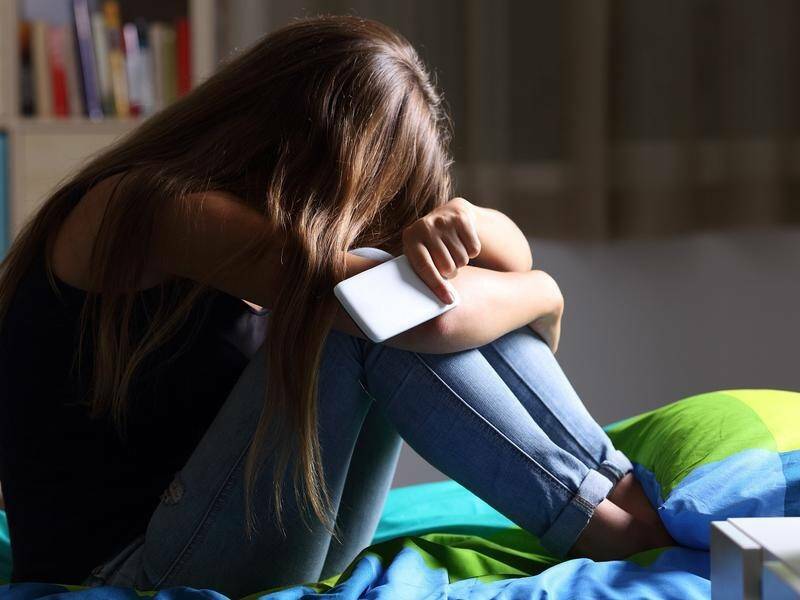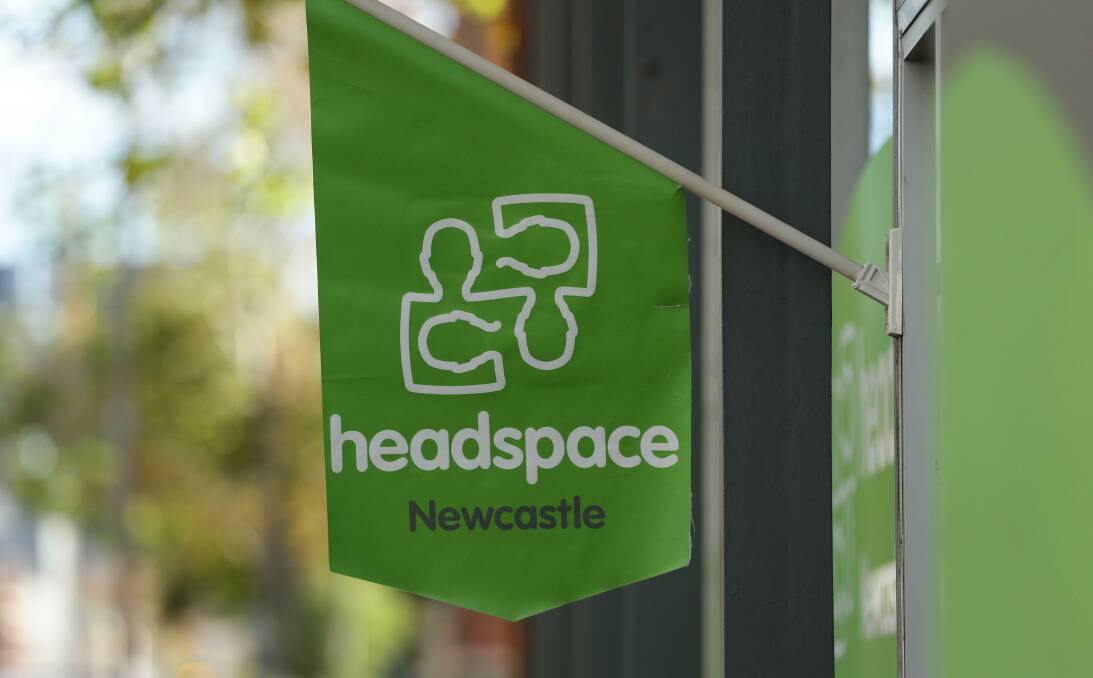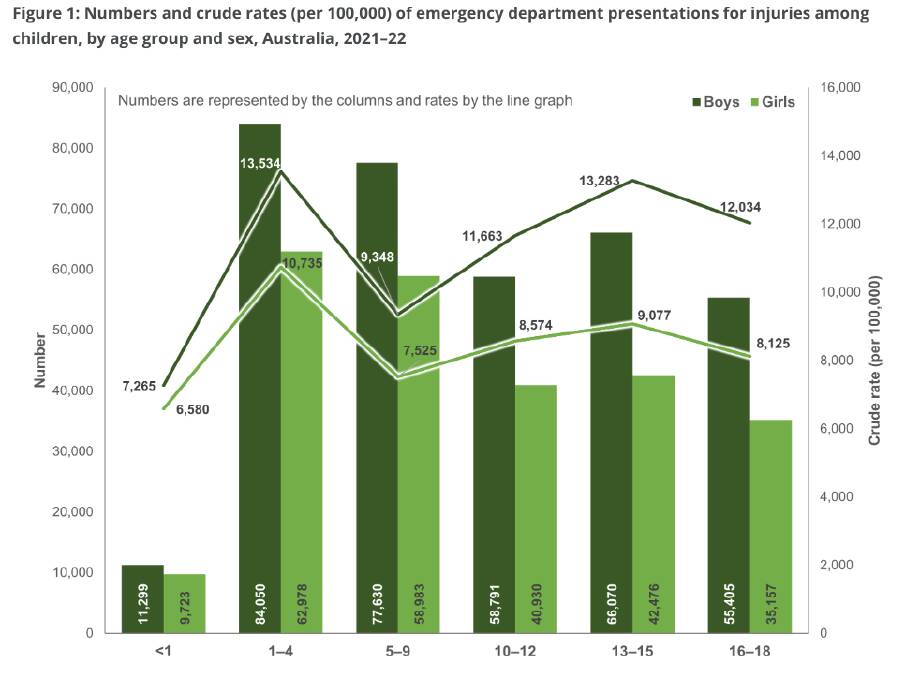Australian teenagers are 3.4 times more likely to be hospitalised due to self-harm than adults, according to new nationwide data.
Child and adolescent injury statistics from the Australian Institute of Health and Welfare (AIHW) revealed more than 6000 youths aged between 13-18 were hospitalised because of self-harm injuries in 2021-22. Nearly five in six patients were girls.
The data also showed infants were at a much higher risk of choking than any other age group, while toddlers were at greatest risk of drowning.
Boys had a higher risk of injury across every age group, with the gender gap widening as they hit their teens. Boys also had a higher risk of sustaining every type of injury except poisoning, an exception driven by the huge disparity in self-harm injury rates.
'The anxious generation'
Australia's leading youth mental health expert, Professor Pat McGorry, said the self-harm data should be ringing alarm bells in the government.
"This is part of a massive global mental health crisis in young people which the pandemic made worse but it was already there before," Professor McGorry said.

He said the level of mental health problems in young Australians had risen sharply from 26 per cent in 2007 to 39 per cent in 2021.
"So Headspace [youth mental health centres] are swamped, young people are pouring to emergency departments for self-harm, eating disorders, all sorts of things," he said.
"The system is completely overwhelmed and the governments are doing nothing about it basically."
The AIHW data showed 6332 teens aged from 13-18 were hospitalised due to intentional self-harm in 2021-22 - 1053 males and 5244 females - a rate of six in every 1000 girls and one in 1000 boys.
Self-poisoning was by far the most common cause of self-harm, contributing to more than 80 per cent of hospitalisations.
Where is the support?
Professor McGorry said the high rates of self-harm were a direct result of the lack of a safety net for young people grappling with mental ill health.
"Mental illness is more common in young people to begin with. All the major mental disorders of our life, including schizophrenia - like the boy who killed everyone in Bondi on the weekend, he became ill at 17 - it all starts in this age group," he said.
The only option is to end up in the emergency department when you're really not well.
- Pat McGorry
"The problem is, we haven't built strong enough systems. We built Headspaces and we've tried to build small backup systems for Headspace for the more complex cases, but it's so underdone compared to the rising need and the need was there before.
"That's why the only safety net, or the only option, is to end up in the emergency department when you're really not well. That's why those figures are going up."

Royal Commission 'a failure'
Professor McGorry said the state and federal governments still weren't taking the issue of mental health seriously enough.
"This is the number one public health crisis in Australia, but they've got it at number six," he said.
"The Royal Commission has been a failure, nothing's happened. It has to be completely rebooted for it to do anything.
"And all of these gaps and problems were highlighted in spades in Victoria and the government was determined to fix it, but it's been let down by the funding being pulled back and by really poor implementation by the health department."
Professor McGorry said funding was so inadequate at the moment that only the highest risk young people were staying in the system, with lower risk patients being cut off from the care they needed.
"These people are all going to end up relapsing, or worst case scenario dying by suicide or doing something terrible like what happened in Bondi," he said.
Different risks for different age groups
The AIHW data showed injury risks changed depending on the age of the child.
For infants under one, choking and suffocation was a more serious hazard than in any other age group, while toddlers aged one to four were 14 times more likely than adults to be hospitalised from drowning or submersion injuries.

Toddlers were the age group most likely to end up in the emergency department, while 16-18 year olds were likeliest to be hospitalised for their injuries.
Kids aged 10-12 didn't have any type of injury where they experienced a higher rate of hospitalisation than adults.
But parents of boys should be prepared for a trip to hospital at some point, with male children recording a higher rate of ED visits and hospitalisations than girls across every single age group.
The injury gender gap sat at just 10 per cent for babies, but once hormones kicked in during the teen years boys appeared in the ED 46 per cent more than girls.


